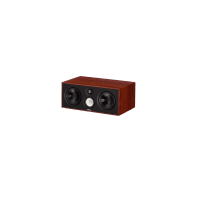

Tilt the screen so that the base is slightly closer to you than the top. If it's too high, you may have to tilt your head back, leading to neck and shoulder pain - and increasing the likelihood of glrae from overhead lights (a common cause of headaches).Įxception: If you wear bifocals or trifocals while using your computer, it may be appropriate to position your monitor a few inches lower than otherwise recommended to accommodate comfortable viewing through your lower lenses.Įxception: If you use a large monitor (20" or larger), position your monitor so that the top of the viewing area is about 3" above eye level. If your screen is too low, you'll find yourself tilting your head forward to view the monitor (a common cause of neck pain). This can be accomplished in one of two ways - either by either lowering your monitor or raising your chair. The ideal viewing height is to have your eyes level with an imaginary line across the screen, about 2"-3" below the top of the monitor.


Position the top of your screen level with your eyes. If you have a large monitor - 20" or larger - you should sit slightly further back.ģ. (Sitting too close or too far fromyour screen can cause eyestrain). Your monitor should be about arm's length away when you're sitting back in your chair. A good solution for these situations is a monitor swivel arm. People who frequently interact with others across a desk - bank tellers and managers, for example - may want to keep the monitor to the side so that it doesn't interfere with their communication.

Putting the monitor off-center (i.e., to the left or right of your body) can cause neck and shoulder pain due to twisting and awkward posture.Įxception: If you only occasionally look at the screen, it's acceptable to place the monitor to the side. To learn more after reading these tips, feel free to browse the related links to the right.įor most workstations, the best position for your monitor is directly in front of you. The following guidelines can help determine the ideal ergonomic position for your monitor. Yet if not positioned correctly, your monitor can cause neck pain, shoulder pain, or even eye strain. Choosing the right location for your computer monitor on the desk or workspace can be a difficult decision.


 0 kommentar(er)
0 kommentar(er)
